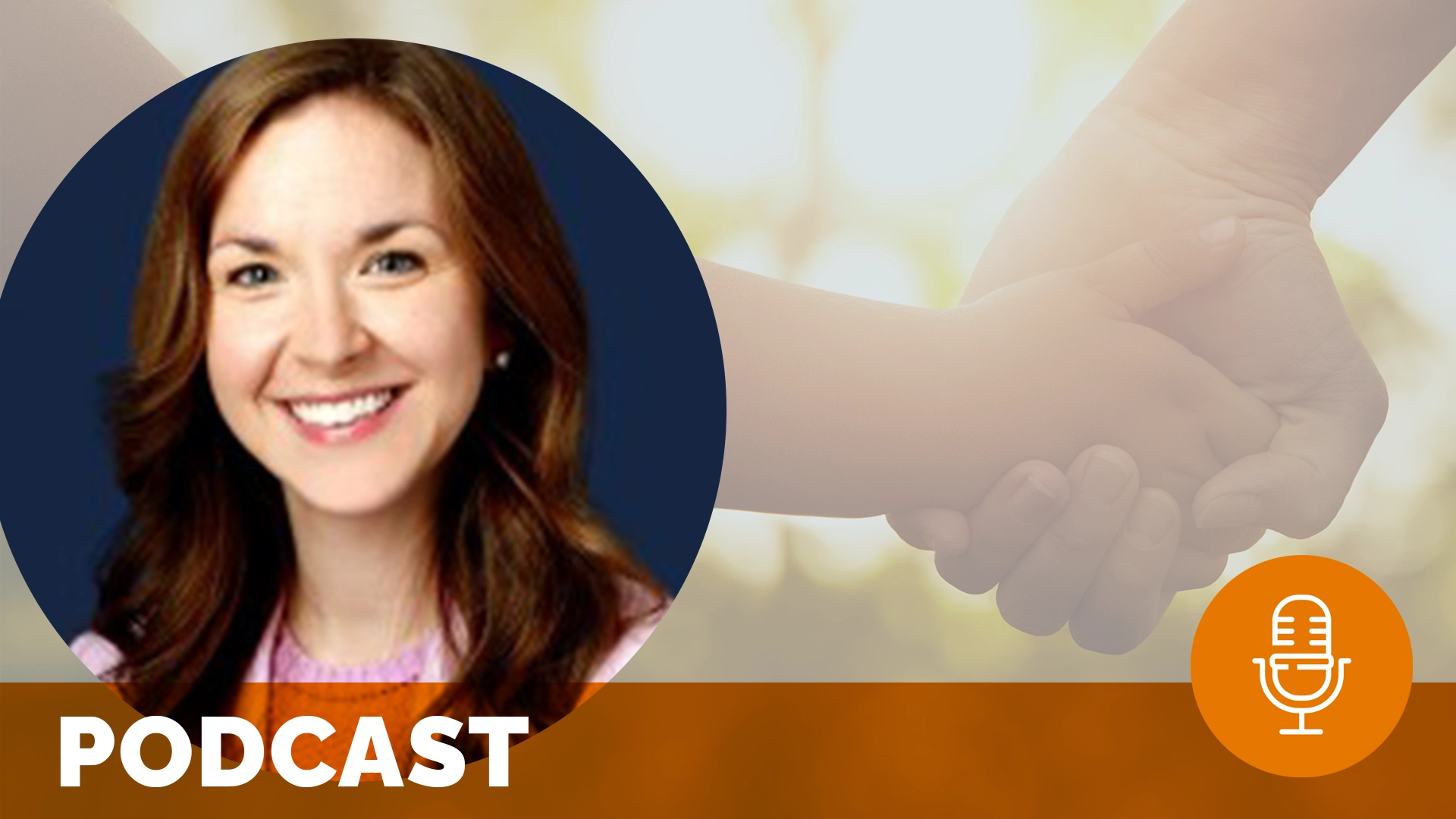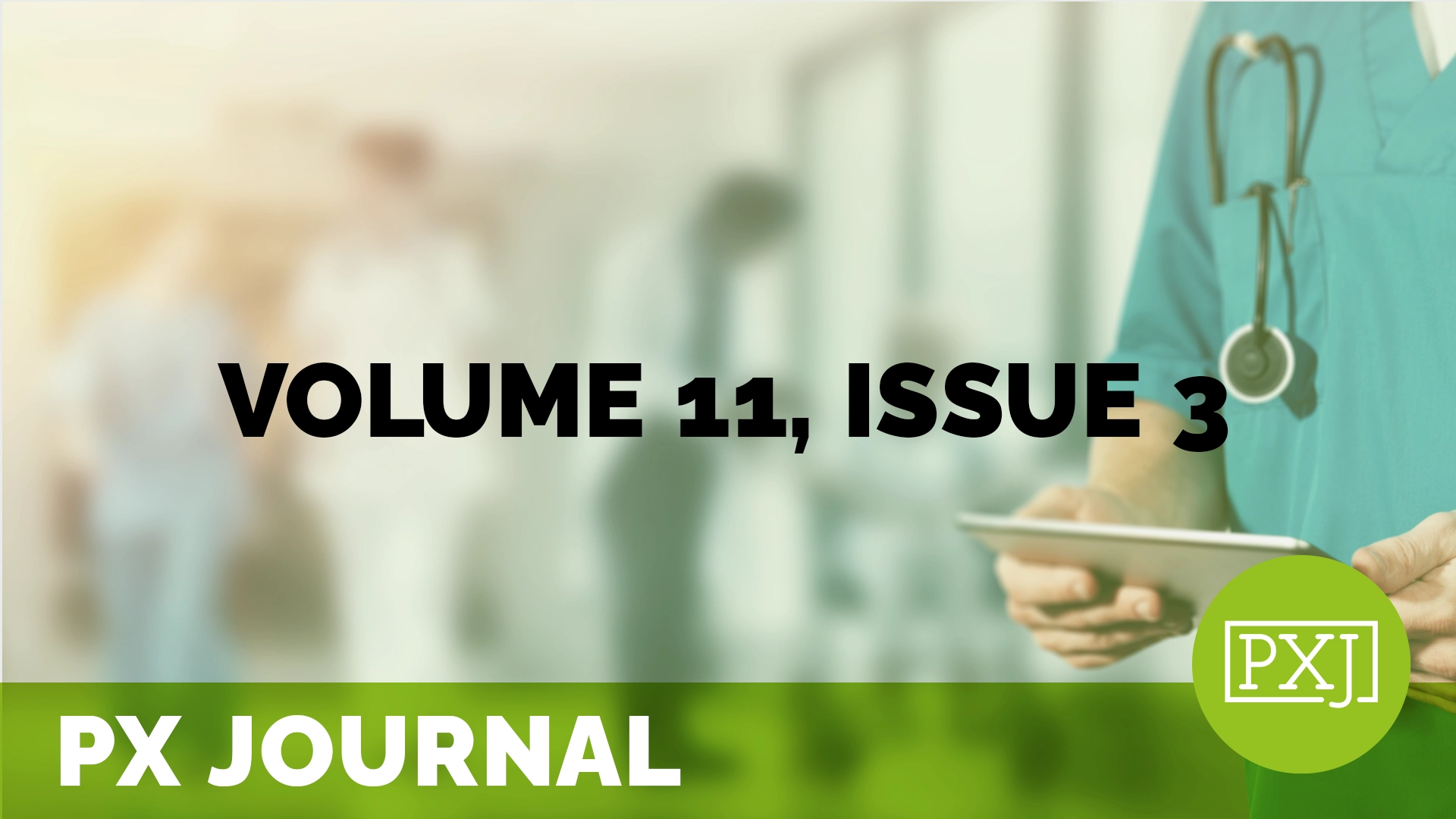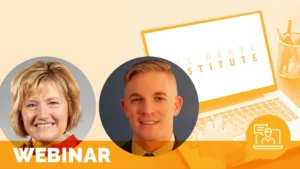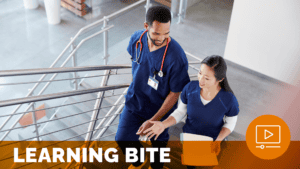Communicating at an Elementary Level: Lessons from Young Learners

Join us as Katelyn Moser, Senior Director of Patient Experience at MedStar Washington Hospital Center, shares insights from Career and Communication Day—an innovative initiative that brings elementary school students to her campus. This program not only reinforces essential communication skills among staff but also introduces children to the diverse career opportunities within healthcare. Don’t miss this engaging discussion on how a fresh perspective from young learners can enhance workplace communication.
View Transcript
Introduction (00:01):
Welcome to The Beryl Institute’s To Care is Human podcast series. You're listening to Humans in Healthcare, where we spotlight powerful stories from the people who provide and receive care. By sharing the experiences of those on the front lines, we are transforming the human experience in healthcare.
Amy Kwiatkowski (00:23):
Hi, I am Amy Kwiatkowski. I'm the Director of Community Experience here at The Beryl Institute, and today I'm joined by Katelyn Moser, the Senior Director of Patient Experience for MedStar Washington Hospital Center. Hi, Katelyn.
Katelyn Moser (00:36):
Hi, Amy. Thanks for having me on today.
Amy Kwiatkowski (00:39):
Yeah, absolutely. Thank you so much for speaking with me. So to get started, I’d love to hear some highlights of your career path and how you ended up where you are now.
Katelyn Moser (00:52):
Well, I can start by saying I am absolutely where I am today because of the great folks who have helped me along the way. My career really started after graduating from the University of Delaware. I actually studied hotel, restaurant, and institutional management—sometimes I just call it hospitality management. In college, folks would ask, “Oh, so you want to work in a hospital someday?” And I’d say, “No! What are you talking about? I want to work in restaurants.”
It’s funny how things turn out. I jumped into restaurant management right after college and was fortunate to realize early on that instead of creating exceptional experiences for guests who expected them, I wanted to provide that same level of service for guests who wouldn’t necessarily expect it—our patients and their families. Patients don’t always come to healthcare looking for a great customer experience, but the industry is shifting to emphasize patient and family experience.
I was lucky to have a connection in my family and friend group in healthcare, which allowed me to transition from restaurant management into guest services management. I quickly took on responsibilities in telecommunications, central patient transport, and project management. After about six years at Doctors Community Medical Center, I did a short stint in consulting but quickly realized I wanted to be where our patients were.
I was fortunate to have a connection at MedStar Washington Hospital Center. Initially, I reached out for help with a project for an MBA course, and during our conversation, she said, “I think you really need to come work here. You’d be a perfect fit.” And that’s how I got introduced to MedStar Washington Hospital Center. Now, I’ve come full circle—starting as a Director, moving into the Senior Director position, and recently beginning to teach patient experience at my alma mater, the University of Delaware. It’s been a great ride so far!
Amy Kwiatkowski (03:14):
That’s so awesome! It’s really unique that you have a hospitality background and didn’t intend to end up here, but you’re able to apply those skills to your role now. Such a cool journey.
I know the main thing we want to talk about today is the Career and Communication Day event that you host annually. I’d love to hear more—what needs are you trying to meet with this event?
Katelyn Moser (03:44):
The idea originated two years ago when one of our core focuses at the hospital center was improving our communication skills. Communication is a key driver of patient and family experience. When we coach our staff in patient experience, we often say, “Communicate at an elementary level.” But we realized—based on cognitive recency bias—that many of us hadn’t been in elementary school in years. We didn’t actually know what that sounded or felt like anymore.
So we thought, “Who better to teach us than students who are actually in elementary school?” That’s where the idea came from. But beyond helping our associates, we wanted to ensure the students also had a meaningful takeaway. That’s how the career element of the event came to life.
At our Career Fair, we introduce students to non-traditional healthcare careers. Instead of just focusing on nursing, we showcase roles like nursing education, radiology technicians, respiratory therapy, spiritual care, interpreter services, and volunteer services. We want to expose them to healthcare careers they might never have considered.
Amy Kwiatkowski (05:54):
That’s a fantastic idea—partnering with elementary students! For others who may want to replicate something similar, how did you form that partnership? Where did you find the students, and what does that relationship look like?
Katelyn Moser (06:14):
We were fortunate. When we came up with the idea, we looked for elementary schools within a 10-mile radius of the hospital—ones that would be easy to bus students from. We reached out to three schools, thinking we might hold the event multiple times a year.
El Haynes Elementary, which is about 10 minutes from the hospital, responded immediately. They said this aligned perfectly with their fourth-grade curriculum. That response solidified a great relationship with their teaching leaders, and we’ve now collaborated on this event for two years—along with a few other initiatives for the students.
Amy Kwiatkowski (07:14):
You mentioned the Career Fair. Can you walk us through what that looks like?
Katelyn Moser (07:25):
When the students arrive, we start with an introduction and set expectations—especially around timing. We host the event in a large conference space at the hospital, where different departments set up booths. Each department has about 10 minutes with the students to provide an interactive experience.
For example, our respiratory therapy team had a lung simulation, allowing students to see lungs in action and interact with real medical tools. Most departments incorporate some kind of hands-on component, whether it’s visuals, activities, or giveaways like candy and small gifts.
The students rotate between booths every 10 minutes, and we ring a bell to signal when it’s time to move. This keeps everything organized and structured while maximizing engagement.
Amy Kwiatkowski (09:05):
Now let’s talk about the Communication Simulation Lab. What does that look like logistically?
Katelyn Moser (09:24):
We advertise the event to our associates two to three weeks in advance and have them sign up for 10- to 15-minute slots using a QR code. That way, we’re only asking for a small time commitment, but they get a lot in return.
When they arrive, they receive an ID number to ensure anonymity. A facilitator pairs each associate with two or three students, who use a simple rubric to assess communication skills. The rubric includes key service behaviors—offering a warm greeting, engaging actively, and closing with care. Students rate associates on a scale of 1 to 5 and provide written feedback.
Associates bring a topic they commonly explain at work, such as a policy for new employees or discharge instructions for patients. They role-play these conversations with students, who provide honest feedback—sometimes hilariously so! The feedback is collected, scanned, and shared with associates after the event.
Amy Kwiatkowski (13:38):
That sounds like an incredible initiative! Have you seen measurable benefits—either internally or from the school’s perspective?
Katelyn Moser (13:58):
Definitely! The school has told us this is one of their students’ favorite field trips. It aligns with their curriculum—they study the heart in the fall, so having our MedStar Heart and Vascular Institute team participate was a great fit.
For us, the immediate feedback is invaluable. Unlike patient surveys, which take time, this offers instant insights we can act on. It also fosters community engagement and morale within the hospital.
Amy Kwiatkowski (16:17):
For others interested in hosting a similar event, what advice would you share?
Katelyn Moser (16:41):
Find a great partner! Our relationship with El Haynes Elementary made all the difference. Also, stay organized—logistics are key for a smooth experience. If anyone wants a copy of our event checklist, I’m happy to share it!
Amy Kwiatkowski (18:08):
Thank you so much for sharing! This is such a creative and impactful event, and I’m so glad we could highlight it.
Conclusion (18:18):
Thank you for tuning in! You’ve been listening to Humans in Healthcare, part of The Beryl Institute’s To Care is Human podcast series. Don’t forget to subscribe, share, and leave a review to help continue this important conversation.
Related content
-
 Staff & Provider Engagement
Staff & Provider EngagementThe “Ableism” Behind Mental Health Professionals’ Perceptions of Support
This paper presents the personal narrative of the author, an individual who has experienced personal and clinical recovery from mental health difficulties. Diagnosed with a mental disorder (NEUROTIC; ICD-10) during my university years, I endured cognitive dysfunction, panic disorder, derangement of ego, suicidal ideation, and depression. Despite these challenges, I have actively engaged in social
Learn more -
 Culture & Leadership | Staff & Provider Engagement
Culture & Leadership | Staff & Provider EngagementMoving from “Good to Great”: Enhancing the Human Experience in Outpatient Care
Join us for an insightful webinar on Hartford HealthCare’s “Good to Great” (G2G) initiative, a transformative approach designed to improve patient experience across the organization. Launched in 2023, G2G uses a data-driven methodology to analyze patient experience and colleague engagement, identifying units as low-, middle-, or high-performing. Focusing on middle-performing teams, this initiative leverages strong
Learn more -
 Staff & Provider Engagement
Staff & Provider EngagementPX Ownership at the Frontline: Innovating an Experience Champions Program
Is your PX team “spinning a lot of plates”? Windie Her shares how UC Health, a huge system supported by only 12 Patient Experience Professionals, faces the challenge of managing numerous tasks while improving experience. To keep its plates from dropping, UC Health developed an Experience Champions program involving 665 frontline staff members across 111
Learn more
